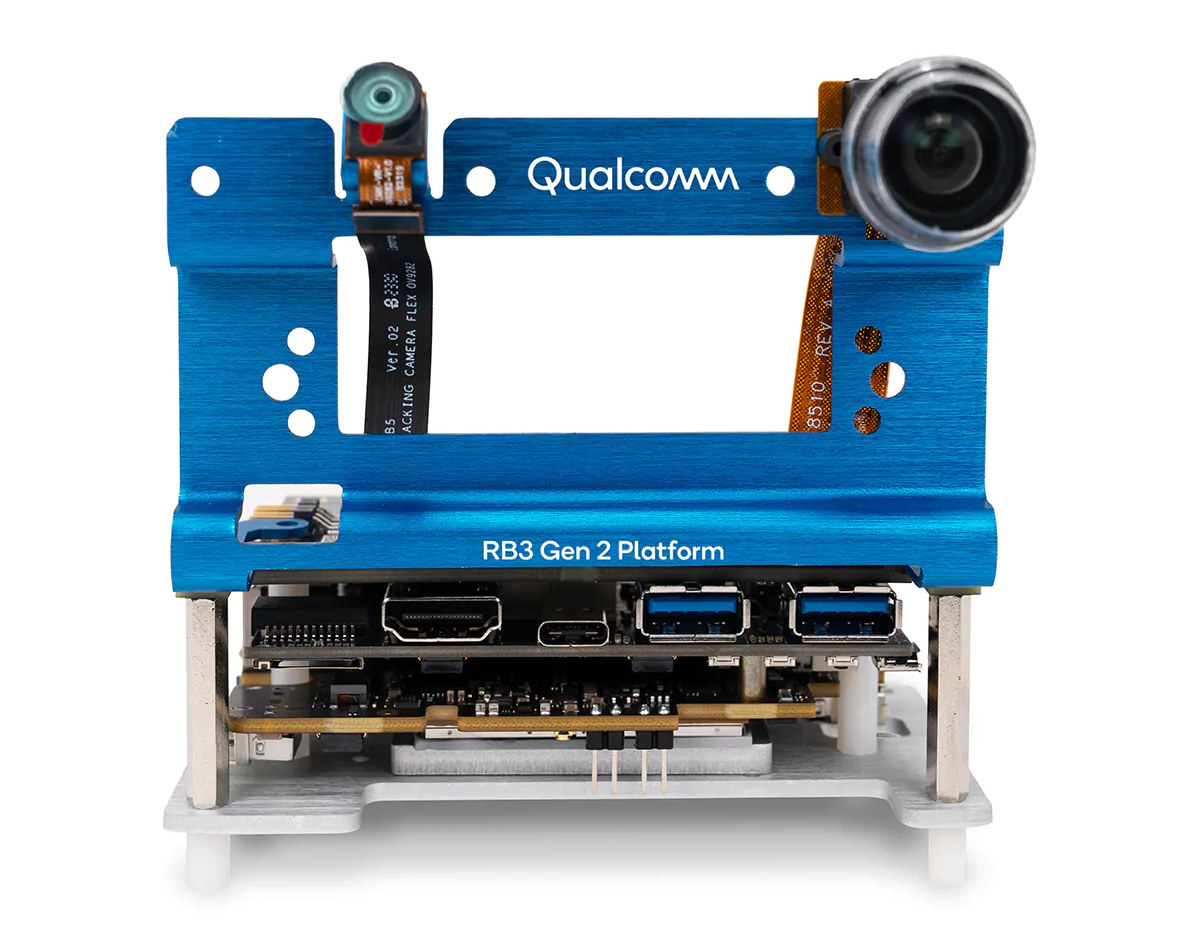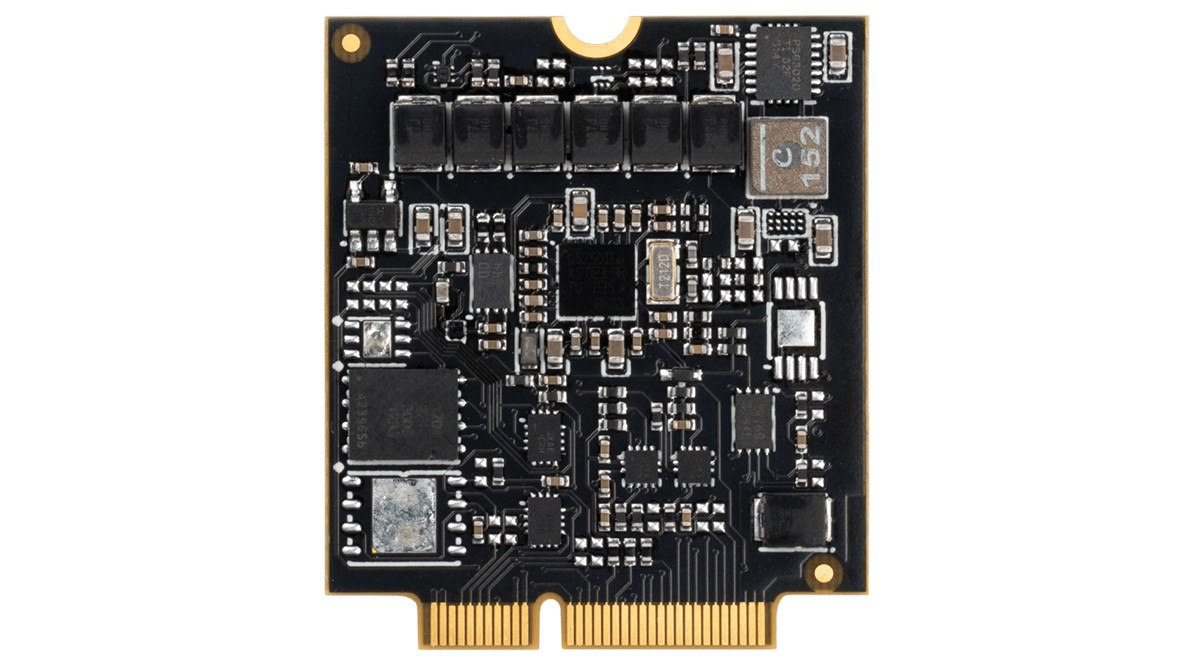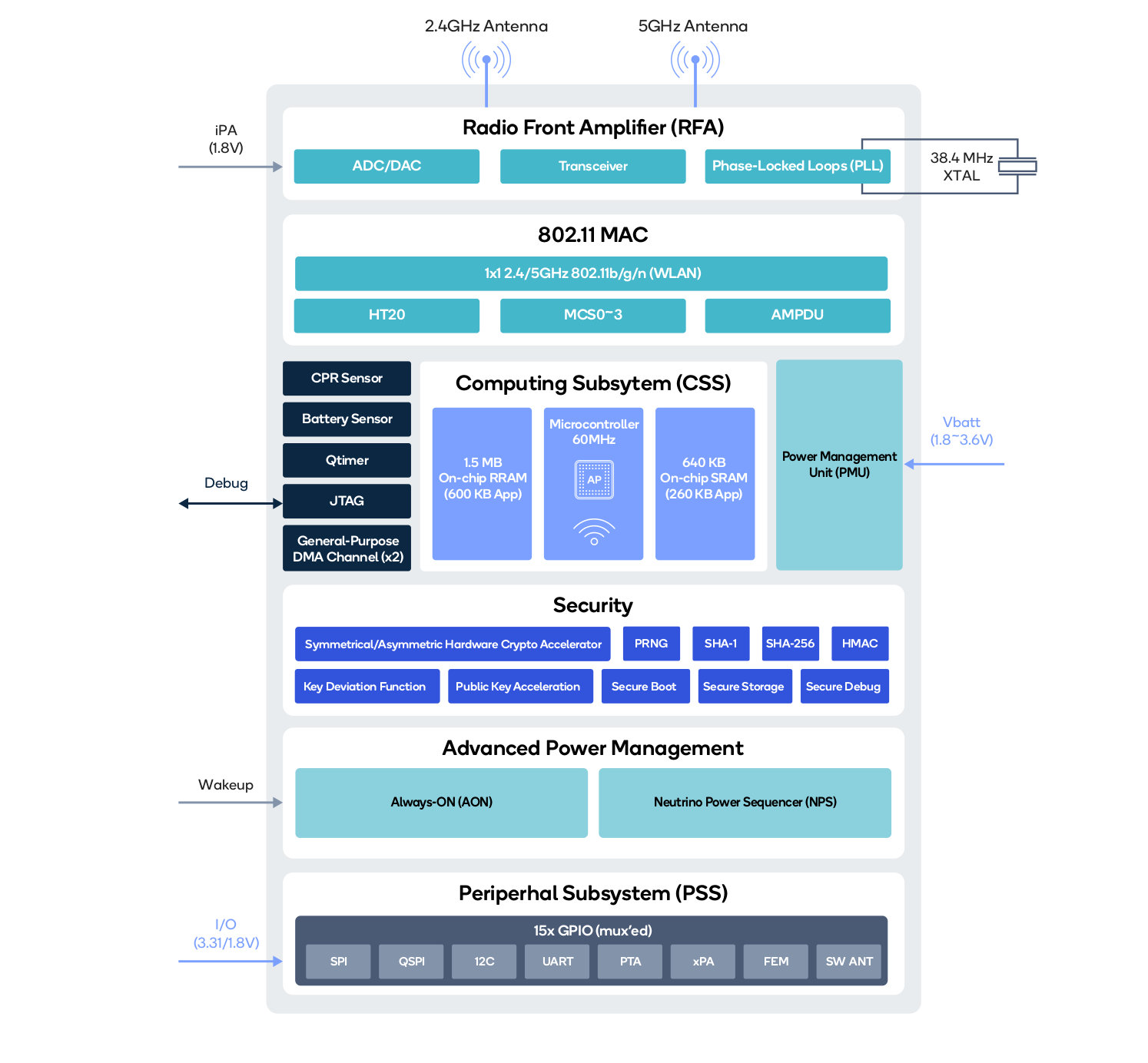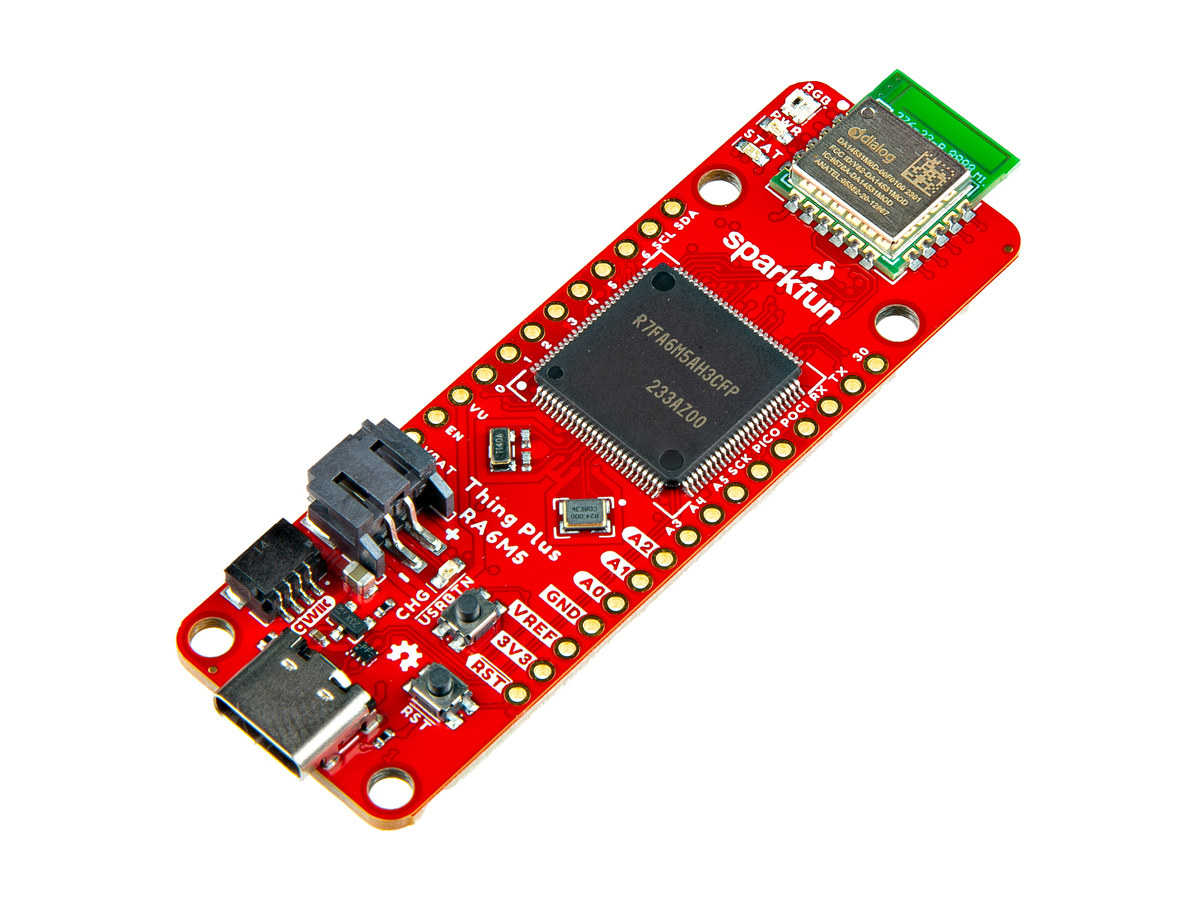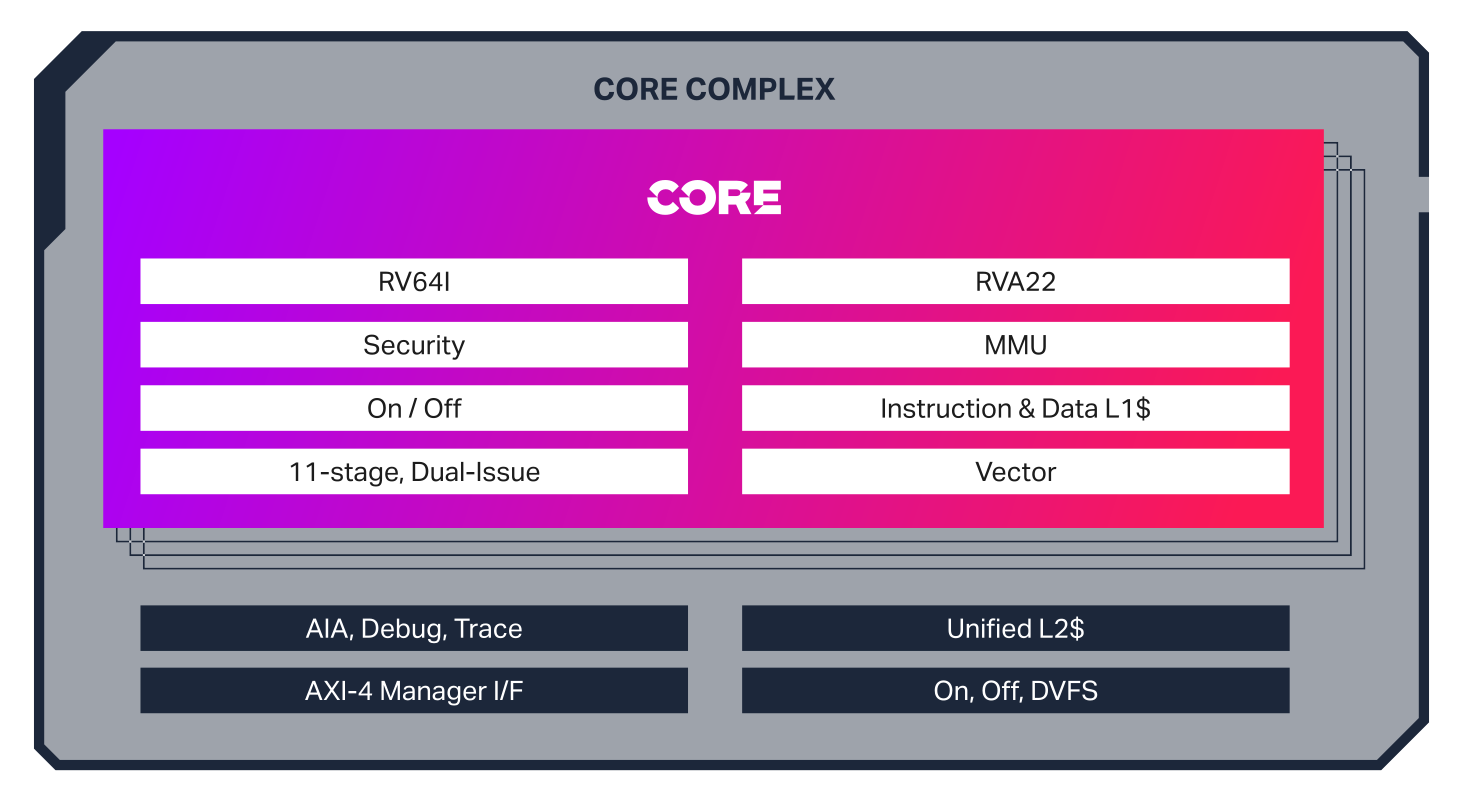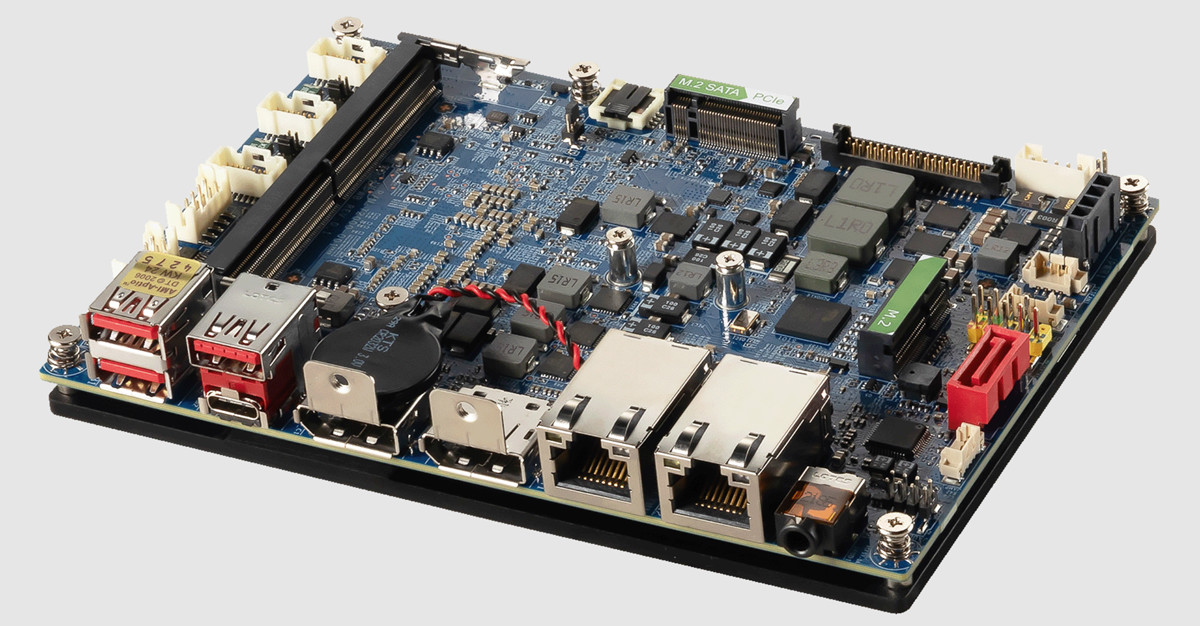Qualcomm had two main announcements at Embedded World 2024: the ultra-low-power Qualcomm QCC730 WiFi microcontroller for battery-powered IoT devices and the Qualcomm RB3 Gen 2 Platform hardware and software solution designed for IoT and embedded applications based on the Qualcomm QCS6490 processor that we’re going to cover today. The kit is comprised of a QCS6490 octa-core Cortex-A78/A55 system-on-module with 12 TOPS of AI performance, 6GB RAM, and 128GB UFS flash connected to the 96Boards-compliant Qualcomm RBx development mainboard through interposer, as well as optional cameras, microphone array, and sensors. Qualcomm QCS6490/QCM6490 IoT processor Specifications: CPU – Octa-core Kryo 670 with 1x Gold Plus core (Cortex-A78) @ 2.7 GHz, 3x Gold cores (Cortex-A78) @ 2.4 GHz, 4x Silver cores (Cortex-A55) @ up to 1.9 GHz GPU – Adreno 643L GPU @ 812 MHz with support for Open GL ES 3.2, Open CL 2.0, Vulkan 1.x, DX FL 12 DSP – Hexagon […]
Blues launches $19 Notecard XP cellular IoT module and Notecarrier XP series carrier board
Blues has recently released the latest entry to its Notecard family, the Notecard XP (External Power supply), an updated and more cost-effective version of its existing Notecard Cellular. This new model reduces costs by not including certain components, such as SIM switching hardware, an embedded SIM with a data plan, and conformal coating while retaining all key features and functionalities. These include an Arm Cortex-M4 microcontroller, a three-axis accelerometer, a temperature sensor, and a secure element. Additionally, they have also removed the radio power supply to reduce costs further, bringing the price down to just $19. Alongside this release, Blues has also introduced a new “midband” LTE Cat 1 bis Notecard Cellular model, which features a single antenna design making it more compact and economical. In February this year we have seen Blues announced the Blues Starnote IoT Module, along with the Notecarrier A, B, F, and Pi series of […]
Qualcomm QCC730 low-power Arm Cortex-M4F WiFi 4 SoC targets battery-powered IoT applications
Qualcomm has unveiled the “micro-power” QCC730 Arm Cortex-M4F dual-band WiFi 4 microcontroller for the IoT market that targets similar applications as the Espressif ESP32 microcontrollers but potentially at lower power consumption with claims of up to 88% lower power than “previous generations” making it suitable for battery-powered industrial, commercial and consumer applications. To highlight the low-power consumption, the company also mentions that QCC730 devices could become high-performance alternatives to Bluetooth IoT solutions with direct cloud connectivity. Qualcomm QCC730 specifications: CPU core – Arm Cortex-M4F @ 60 MHz Memory/ Storage 1.5 MB RAM, including 600KB for user app (On-chip RRAM (NVM) to host application without the need for an external NOR flash) 640 KB SRAM, including 260KB for user app XiP over QSPI Flash Wi-Fi Standards: 802.11b, 802.11g, 802.11n, 802.11a Spectral Bands: 2.4 GHz, 5 GHz Channels: 20 MHz Antenna Configuration: 1×1 Features: up to MCS3 Interfaces – Master I2C, 15x […]
SparkFun Thing Plus – RA6M5 board supports Bluetooth 5.1 LE through Renesas DA14531MOD module
SparkFun Thing Plus – RA6M5 is a small MCU board based on a 200 MHz Renesas RA6M5 Cortex-M33 microcontroller and a Renesas DA14531MOD Bluetooth 5.1 LE module that follows Adafruit Feather/Sparkfun Thing Plus form factor. The module can transmit data over BLE with just 4mA (at 3.3V) power consumption and the company claims the board to be powered by a coin-cell battery. A LiPo battery can also be connected to the board through a 2-pin JST battery connector, and the Things Plus – RA6M5 board also features a single-cell charger and LiPo fuel gauge. Sparkfun Thing Plus – RA6M5 specifications: Microcontroller – Renesas R7FA6M5AH3CFP Core – Arm Cortex-M33 microcontroller @ up to 200 MHz Memory – 512KB SRAM Storage – 2MB Flash Security – Arm TrustZone, and Secure Crypto Engine 9 Wireless – Renesas DA14531MOD module for Bluetooth 5.1 LE connectivity with support for CodeLess AT command Datapump Radio Transmit […]
The New IoT Device Security Specification 1.0 unifies various standards into one
The Connectivity Standards Alliance has recently introduced its IoT Device Security Specification 1.0, a way to defragment many security standards into one. This common scheme and certification standard will ensure that devices meet local requirements in each country. With this approach, a single test from the alliance ensures that the product can be sold globally without any compliance issues. IoT Device Security Specification 1.0 at a glance: Unified Security Standard – Integrates the major cybersecurity baselines from the United States, Singapore, and Europe into one comprehensive framework. Product Security Verified Mark – A new certification mark that indicates compliance with the IoT Device Security Specification, designed to enhance consumer trust and product marketability. No Hardcoded Default Passwords – Ensures all IoT devices utilize unique authentication credentials out of the box, improving initial security. Unique Identity for Each Device – Assigns a distinct identity to every device, crucial for traceability and secure […]
Imagination launches the APXM-6200 RISC-V “Catapult” CPU for cost-sensitive consumer and industrial applications
Imagination has expanded its Catapult product portfolio to include a new RISC-V core, the Imagination APXM-6200 CPU. The APXM-6200 is a 64-bit, in-order application processor with an 11-stage, dual-issue pipeline. There isn’t much information on the new Imagination RISC-V core on the product page but we know it offers “best-in-class” performance density, a minimal silicon footprint, and industry-standard security features. The CPU is targeted at intelligent consumer and industrial applications and delivers a 2.5x improvement in performance density and a 65% improvement in normalized performance over comparable Arm Cortex-A53 and other cores on the market. It’s also faster than the Cortex-A510 Armv9 core in SpecINT2k6. Imagination claims that combining the APXM-6200 CPU with their GPUs will ensure a 2x increase in bus utilization and a 2x reduction in memory traffic. It also comes with RISC-V vector extensions, and AI compute libraries and supports fast data coupling with AI accelerators for […]
Arm Ethos-U85 NPU delivers up to 4 TOPS for Edge AI applications in Cortex-M7 to Cortex-A520 SoCs
Arm has just Introduced its third-generation NPU for edge AI with the Arm Ethos-U85 that scales from 256 GOPS to 4 TOPS or up to four times the maximum performance of the previous generation Ethos-U65 microNPU, while also delivering 20% higher power efficiency. While previous Arm microNPUs were paired with Cortex-M microcontroller-class cores potentially embedded into a Cortex-A application processor, the new Ethos-U85 can be married with Cortex-M microcontrollers and Cortex-A application processors up to the Cortex-A510/A520 Armv9 cores. Arm expects the Ethos-U85 to find its way into SoC designed for factory automation and commercial or smart home cameras with support for the new Transformer Networks and the more traditional Convolutional Neural Networks (CNNs). The Arm Ethos-U85 supports 128 to 2,048 MACs with performance ranging from 256 GOPS to 4 TOPS at 1 GHz, embeds 29 to 267KB RAM, offers SRAM, DRAM, and flash interface for external memory, and up […]
BCM ECM-ADLN-N97 – A 3.5-inch Intel N97 SBC with DDR5 RAM and dual 2.5Gbps Ethernet
BCM Advanced Research recently introduced the ECM-ADLN-N97, a 3.5-inch SBC built around the Intel Processor N97 Alder Lake-N SoC. This N97 quad-core CPU can be clocked up to 3.6 GHz and features six MB of cache, Intel UHD Graphics, and 24 Execution Units while maintaining a low power consumption with a TDP of just 12 Watts. Additionally, there is the option to utilize Intel Atom or Pentium processors, which have a TDP of 15 Watts. The BCM ECM-ADLN-N97 SBC also has support for DDR5 memory, M.2 E-Key and B-Key slots, 32GB of onboard eMMC, dual 2.5GbE, and multi-display functionality all while maintaining a slim fanless form factor. In one of our previous posts, we wrote about the Cincoze DA-1200 and we also reviewed the Blackview MP80 mini PC both are based on the Intel Processor N97. BCM’s ECM-ADLN-N97 SBC Specification SoC Intel Alder Lake-N Platform; Intel Processor N97, 6M Cache, […]


